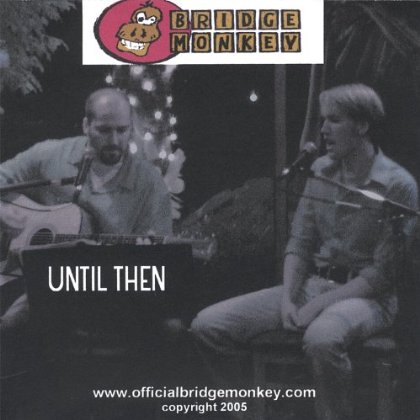
Ainsworth, Larry
product information
description
8Overview of Book This book is divided into four parts. Here is a brief overview of each part: Part 1, Seeing the Big Picture Connections First, defines curriculum in terms of rigor, provides the background of this model, connects curriculum design to the big picture of standards, assessments, instruction, and data practices, previews the step-by-step design sequence, and introduces end-of-chapter reader assignments. Part 2, Building the Foundation for Designing Curricular Units, explains the five steps that must first be taken to lay the foundation upon which to build the curricular units of study, and provides explicit guidelines for applying each step. Part 3, Designing the Curricular Unit of Study From Start to Finish, gives the nuts and bolts directions for designing a rigorous curricular unit of study, from beginning to end, and concludes with an overview of how to implement the unit in the classroom or instructional program. Formatively assessing students along the way, educators analyze resulting student data to diagnose student learning needs and then adjust ongoing instruction accordingly. Part 4, Organizing, Monitoring, and Sustaining Implementation Efforts, addresses the role of administrators in beginning and continuing the work of implementation. These final three chapters provide first-person narra - tives and advice to administrators from administrators who have personally led the implementation and sustainability efforts of curriculum redesign and related practices within their own school systems. I have endeavored to pull together all of the elements necessary for designing a rigorous curriculum, to position these elements in a sequential order, and to provide a step-by-step approach for constructing each one. My hope is that this road map will not only show you the way to design your own curriculum, but also allow you the flexibility of customizing it to fit your own purpose and needs. As with the realization of any lofty vision, it will take a great deal of time, thought, energy, and collaboration to create and revise a single curriculum, let alone multiple curricula. The best advice I can offer is to regard whatever you produce as a continual work in progress, to be accomplished over one, two, or three years, or even longer. As my friend and colleague Robert Kuklis points out, curriculum designers shape and modify the process as they move through it. It is important that they know this is not a rigid, prescriptive procedure, but rather an opportunity for learning, adapting, and improving. This preserves fidelity to the process, encourages flexibility, and promotes local ownership. Whenever people s spirits need lifting because the work seems so demanding, remind everyone that it is a process, not a one-time event. You are creating something truly significant a comprehensive body of work that is going to serve your educators, students, and parents for years to come!"
member goods
No member items were found under this heading.
Return Policy
All sales are final
Shipping
No special shipping considerations available.
Shipping fees determined at checkout.







